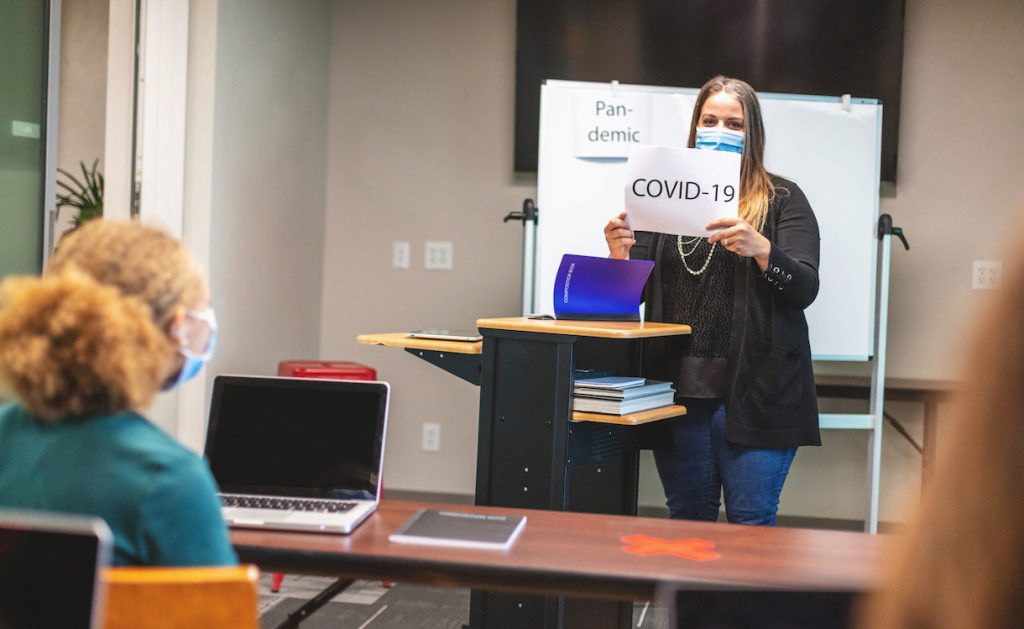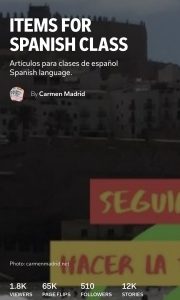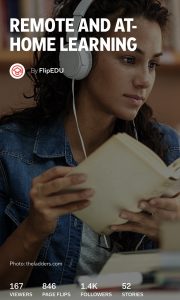
As students and teachers starting to go back to school–virtually or in person–we wanted to share some ideas on how Flipboard can support educators as they prepare for the next semester.
Educators use Flipboard and Flipboard Magazines in many inspiring ways. Some of these include discovering and sharing articles, videos and images for class reading assignments, collaborative student projects, and their own professional development.
Here’s how you can use Flipboard in teaching and learning:
1. Keep up on any subject area: Thousands of publishers are on Flipboard, including Associated Press, BBC News, Education Week, National Geographic, News Literacy Project, Smithsonian Magazine, and Popular Science, as well as algorithmically curated feeds around topics such as Science, Mindfulness, Writing and Classical Music. Tap on the magnifying glass icon to explore any topic and all the related magazines, newspapers and blogs in the Content Guide.
2. Create a class syllabus: Plan out the semester for your students by making your syllabus available in a Flipboard Magazine. Start with videos and articles that your students need to read throughout the semester, and supplement it with your own notes by adding a comment when you flip an item into the magazine. Students can comment when they are using Flipboard on a phone or tablet; encourage students to share their responses to track engagement.
3. Create class projects: Task your students with creating a class project magazine. Have them compile articles, images and YouTube videos around specific subject matter they’re studying in your class. They can do this individually, or in groups (tap “Invite Contributors” from the magazine’s front page to make a Group Magazine.)
4. Curate educational resource guides: The education process is never ending, and not all learning happens in the classroom. Create a resource guide with articles and resource materials by flipping them into a Flipboard Magazine. Share the link to the magazine on or before the first day of class to help students get in the right frame of mind and quality comments and questions.
5. Keep learning about (remote) teaching: Teaching is all about teamwork, especially in times of COVID. Educators, digital learning trainers and technology integrators use Flipboard to collaborate and share resources with fellow educators. These experts curate articles, videos and podcast episodes about pedagogy and teaching strategies, as well as technologies for distance learning.
6. Stay connected with parents: For administrators, Flipboard is a great way for your school to stay in touch with parents and the community. You can create a magazine with articles from and about the school’s staff and students. If you use our Browser Button, it’s easy to flip items into your school magazine. You can also add photos directly from your phone.
If you are an educator and have your own ways to use Flipboard in your classroom, we would love to hear from you.
— Christel van der Boom, head of communications, is reading Remote And At-Home Learning






